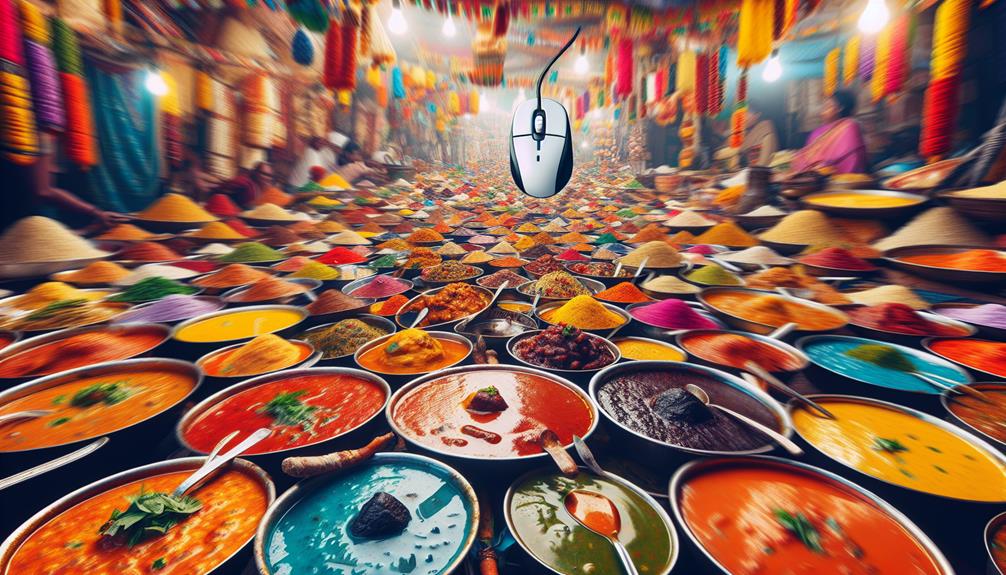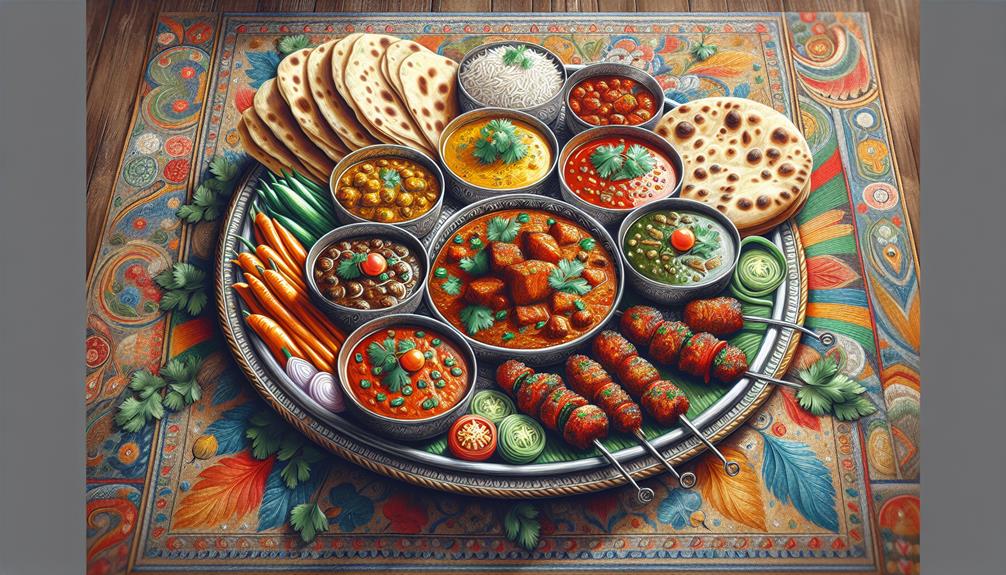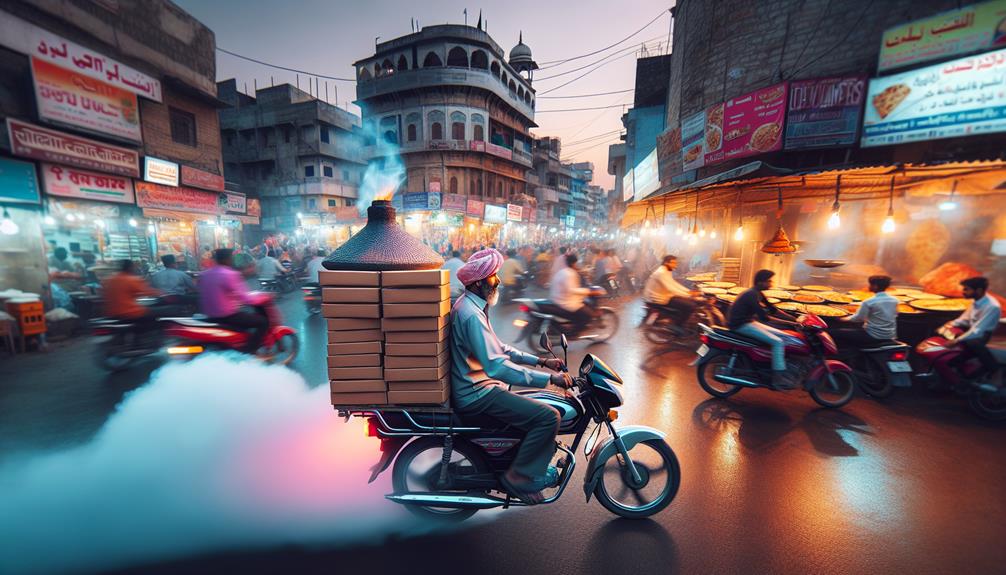
Curries in a Hurry: Top Indian Dishes Now Just a Click Away
February 9, 2024
Punjabi Tadka: Focusing on the Hearty and Robust Flavors Typical of Punjabi Cuisine
February 12, 2024In recent years, the landscape of India’s gastronomic sector has undergone a significant transformation. A shift from the traditional sit-down meals at local tandoors and eateries, to the convenience and variety offered by modern food delivery platforms, is reshaping the way Indians consume their meals. This burgeoning trend – accelerated by urbanization, digitalization, and changing lifestyle patterns – marks a new chapter in the country’s food culture. However, as this industry continues to boom, it’s crucial to navigate and understand the impacts and implications it has on the traditional Indian food delivery dining culture, local businesses, and India’s economy at large. As we progress, we will be peeling back the layers of this complex phenomenon.
The Evolution of India’s Food Delivery Scene
In the past decade, India’s food delivery landscape has undergone a transformative shift, transitioning from traditional dine-in experiences to a robust online delivery system, fueled by technological advancements and changing consumer behaviors. This evolution is not merely a convenience offering, but a reflection of a new age India, where digitization is at the forefront of consumer lifestyle. Key players like Swiggy and Zomato have disrupted the market, offering diverse culinary experiences at the click of a button. Their dominance, spurred by consumer-centric strategies and tech integration, has set the stage for a dynamic industry evolution. However, it is essential to acknowledge the challenges, such as logistical hurdles and quality control, that come alongside the opportunities in this booming sector.
Impact on Traditional Indian Dining Culture
While the digital revolution has reshaped the food delivery landscape, it has also brought about profound changes in traditional Indian dining culture.
1. Home Dining: More Indians are dining at home, enjoying restaurant-quality meals in the comfort of their own spaces.
2.Diminishing Social Interaction: The social aspect of communal eating is gradually fading, as convenience takes the front seat.
3.Changing Meal Habits: The flexibility of ordering food anytime has disrupted traditional meal timings.
4.Diverse Food Choices: The food delivery boom has expanded the Indian palate, introducing a variety of cuisines to the Indian household.
These changes are bringing forth an evolution, redefining the norms of India’s iconic dining culture while embracing the conveniences of the digital age.
Conclusion
The surge in food delivery services in India has revolutionized the culinary landscape, bringing a seismic shift from traditional dining to the digital world. This boom, while enhancing convenience, has also raised concerns over the preservation of cultural dining practices. Hence, as the adage goes, “Change is the only constant,” it is evident that the future of Indian food delivery gastronomy will continue to evolve, balancing tradition and modernity, as it navigates the tide of technological advancement.

